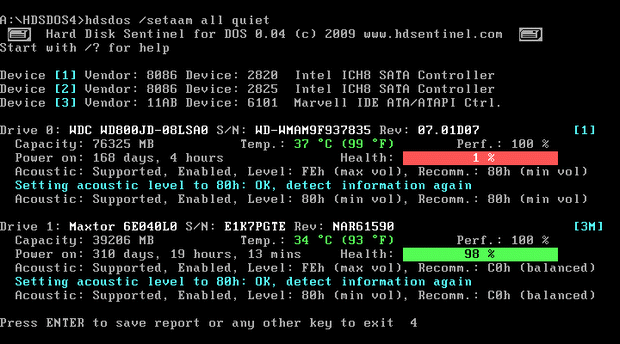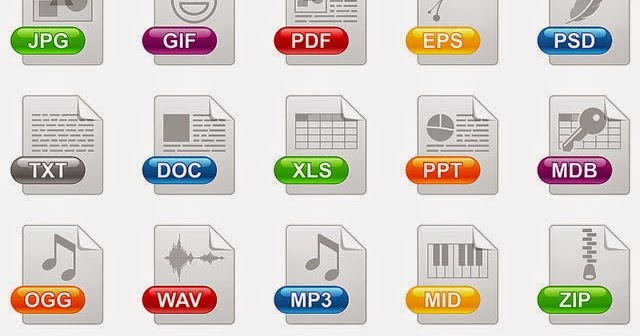

The update was designed to replace the Windows 3.x Program Manager/File Manager based shell with Windows Explorer. In 1995, Microsoft first released test versions of a shell refresh, named the Shell Technology Preview, and often referred to informally as "NewShell".

This is why Explorer.exe is shown by various process explorers with no parent – its parent has exited. Userinit performs some initialization of the user environment (such as running the login script and applying group policies) and then looks in the registry at the Shell value and creates a process to run the system-defined shell – by default, Explorer.exe. Collectively, these features are known as the Windows shell.Īfter a user logs in, the explorer process is created by the userinit process. While "Windows Explorer" or "File Explorer" is a term most commonly used to describe the file management aspect of the operating system, the Explorer process also houses the operating system's search functionality and File Type associations (based on filename extensions), and is responsible for displaying the desktop icons, the Start Menu, the Taskbar, and the Control Panel. Successive versions of Windows (and in some cases, Internet Explorer) introduced new features and capabilities, removed other features, and generally progressed from being a simple file system navigation tool into a task-based file management system. There is also a shortcut key combination: Windows key+ E. Explorer could be accessed by double-clicking the new My Computer desktop icon or launched from the new Start Menu that replaced the earlier Program Manager. Windows Explorer was first included with Windows 95 as a replacement for File Manager, which came with all versions of Windows 3.x operating systems. Controlling the computer is possible without Windows Explorer running (for example, the File ▸ Run command in Task Manager on NT-derived versions of Windows will function without it, as will commands typed in a command prompt window). It is also the component of the operating system that presents many user interface items on the screen such as the taskbar and desktop. It provides a graphical user interface for accessing the file systems. 22H2 (1.1265) (February 14, 2023 4 days ago ( ) ) Beta ChannelĢ2H2 (3.1325) (February 16, 2023 2 days ago ( ) ) Dev ChannelĠ.1000 (February 15, 2023 3 days ago ( ) ) įile Explorer, previously known as Windows Explorer, is a file manager application that is included with releases of the Microsoft Windows operating system from Windows 95 onwards.


 0 kommentar(er)
0 kommentar(er)
